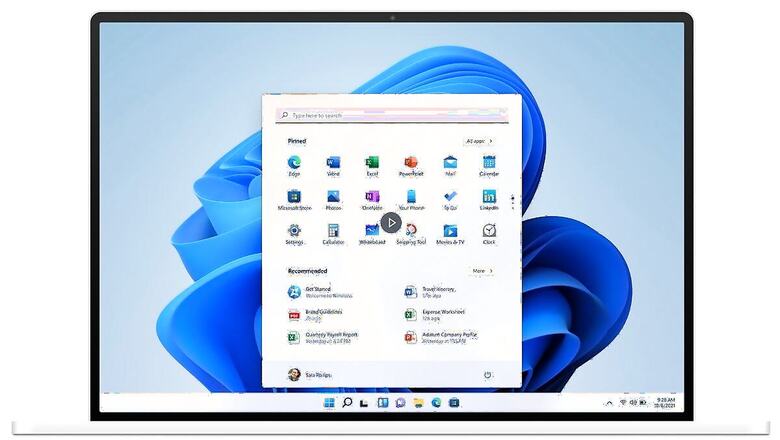
views
The Windows 11 upgrade process has created plenty of confusion for everyone involved – most likely even Microsoft itself. Ever since Windows 11 was announced, users have simultaneously praised the new UI design for at least looking the part, but reports have been rife about a surprisingly large number of new generation PCs not being compatible with the new OS. In fact, even the Surface Studio 2, the latest generation (and considerably powerful) desktop PC from Microsoft itself, showed in the Windows 11 upgrade checker tool that it wasn’t compatible with the new OS. The reason behind all this – TPM chips.
What is TPM?
TPM, or Trusted Platform Module, is a hardware chip that is integrated into CPUs and motherboards. The chip essentially offers a hardware level barricade, instead of just software based segregation of accessible data on your PC. By doing so, laptop and desktop makers who use TPM chips give devices a better shot at being secure – it is still not failsafe, but TPM chips can encrypt storage drives and protect against a wide range of cyber attacks.
The biggest benefit of TPM chips lie in ransomware attacks – while the latter works by encrypting the data in your drive and asking you for a ransom in order to let you access it again, a TPM chip can potentially segregate the sensitive areas in your PC, preventing the most common privilege escalation and remote code execution cyber attacks from taking place.
An attempt at fixing security issues
With the latest generation TPM 2.0 chips, PCs have a decent shot at being safer than before, and Microsoft wants in on the bandwagon. It has noted the massive levels of cyber attacks targeting PCs globally, and given that Windows 10 powers an estimated 1.3 billion PCs worldwide, it is a largely unregulated and fragmented problem that Microsoft has extensively struggled with.
Even with regular security patches rolling out fixes for zero-day hacks and even more lenient ones, Windows remains susceptible to a number of flaws that have led to massive hacks in recent times. With Windows 11, as stated by Microsoft’s director of enterprise and OS security, David Weston (via The Verge), it plans to change all that.
As a result, Microsoft has clarified that chips that are at least 8th generation Intel and AMD Ryzen 2000 (or newer) will support Windows 11. Not only this, any eligible PC that will officially support Windows 11 will have to have TPM 2.0 enabled, compulsorily. This means that while numerous PCs so far had TPM 1.2 chips in them, many did not have TPM support and Secure Boot enabled.
The confusion
It is this that the Microsoft PC Health Check app was supposed to flag, but instead led to users being prompted that even some of the most recent Windows 10 desktops and laptops will not support Windows 11. The same caused literally every user plenty of trouble and confusion – and as The Verge claims, many even rushed to eBay to buy TPM 2.0 modules, created a price hike of over 3x for these modules.
The issue, however, lies in the fact that in many PCs, the TPM module is simply disabled, and can be enabled via BIOS settings. For most PCs, whether the CPU and motherboard support TPM 2.0 or not can be found with a quick search on the internet. If your PC does support it, and the Microsoft PC Health Check app shows that your PC won’t support Windows 11, simply follow the subsequent steps:
- Restart PC, and press DEL or F2 to enter BIOS
- Find BIOS Mode in your motherboard’s BIOS interface, and enter Advanced mode
- In Advanced, find General or Miscellaneous settings
- Under this, Intel users should find ‘Intel Platform Trust Technology (PTT)’
- AMD users will find the same feature in their BIOS as ‘AMD Firmware Trusted Platform Module (FTPM)’
- In both cases, enable the features to turn on the TPM 2.0 modules
- Then, scroll over to the Boot sub-head in BIOS, and turn on ‘Secure Boot’
Completing the following steps should ensure that if you have an eligible processor (as mentioned above), you should now be able to download Windows 11 when it becomes available as a free upgrade for your eligible PC. Hopefully, Microsoft will have clarified more confusions by then, and simplified the overall process as well.
Read all the Latest News, Breaking News and Coronavirus News here.



















Comments
0 comment